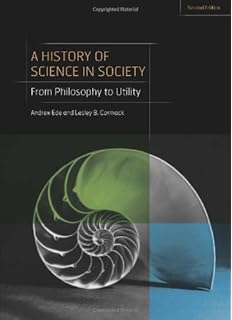
Cuvier's tomb in the, Paris Cuvier then devoted himself more especially to three lines of inquiry: (i) the structure and classification of the Mollusca; (ii) the comparative anatomy and systematic arrangement of the fishes; (iii) fossil mammals and reptiles and, secondarily, the of living forms belonging to the same groups. In 1812, Cuvier made what the cryptozoologist called his 'Rash dictum': he remarked that it was unlikely that any large animal remained undiscovered. Ten years after his death, the word 'dinosaur' would be coined by in 1842.
Latest environmental news, features and updates. Pictures, video and more. Evolutionists claim that evolution is a scientific fact, but they almost always lose scientific debates with creationist scientists. It is their desire at all costs to explain the origin of everything without a Creator. A theory that explains everything might just as well be discarded since it has no real explanatory value. This theory disputes that the process of natural selection, the force Darwin suggested drove evolution, is enough to explain the complexity of and within living. Design theory' to the public as a theoretical innovation, supported by scientific evidence, that offers a more adequate explanation for the origin of the diversity of.
During his lifetime, Cuvier served as an imperial councilor under, president of the Council of Public Instruction and chancellor of the university under the, Grand Officer of the Legion of Honour, a Peer of France, Minister of the Interior, and president of the Council of State under. He was eminent in all these capacities, and yet the dignity given by such high administrative positions was as nothing compared to his leadership in natural science. Cuvier was by birth, education, and conviction a devout, and remained Protestant throughout his life while regularly attending. Despite this, he regarded his personal faith as a private matter; he evidently identified himself with his confessional minority group when he supervised governmental educational programs for. He also was very active in founding the Parisian in 1818, where he later served as a vice president. From 1822 until his death in 1832, Cuvier was Grand Master of the Protestant Faculties of Theology of the French University.
Scientific ideas and their impact [ ] Opposition to evolution [ ] Cuvier was critical of theories of evolution, including those proposed by his contemporaries Lamarck and Geoffroy Saint-Hilaire, which involved the gradual transmutation of one form into another. He repeatedly emphasized that his extensive experience with fossil material indicated one fossil form does not, as a rule, gradually change into a succeeding, distinct fossil form. Because of this and his understanding of animal anatomy and physiology, Cuvier strongly objected to any notion of. According to the University of California Museum of Paleontology, 'Cuvier did not believe in organic evolution, for any change in an organism's anatomy would have rendered it unable to survive.
Lds Stop Smoking Program Free Download Themes For Nokia C1 01 Mobile. here. He studied the mummified cats and ibises that Geoffroy had brought back from Napoleon's invasion of Egypt, and showed they were no different from their living counterparts; Cuvier used this to support his claim that life forms did not evolve over time.' This section needs additional citations for. Unsourced material may be challenged and removed.
(April 2017) () Like most of the scientific beliefs of Cuvier’s day, the idea that extinction didn’t exist was derived not only from scientific authority but also from religious authority as well. Religious authorities’ logic was that God wouldn’t wipe out his own creations, as doing so would be counterproductive to maintaining the connections between all forms of life on Earth, from the ocean to the earth and to the sky. In 1795, Georges Cuvier did some of his anatomical studies on animals at the National Museum in Paris. There, he embarked on a groundbreaking quest to disprove the idea that extinction was impossible. Using his knowledge of the anatomy of animals, he was able to recreate the entire bodily structures of extinct animals. According to some legends, Cuvier could accomplish this feat even with a couple of bone pieces.